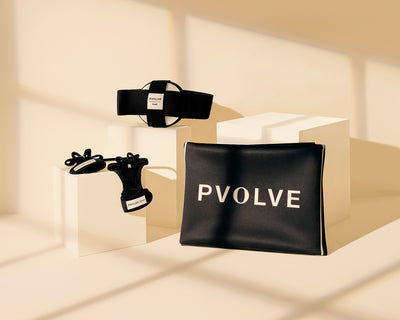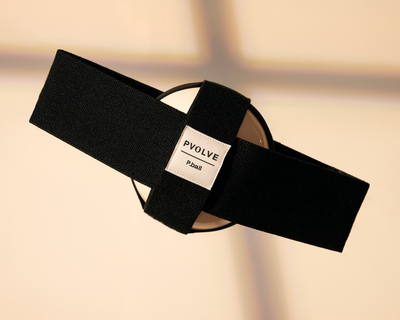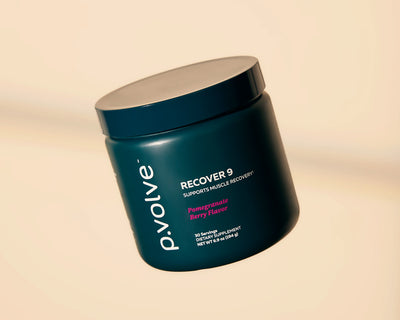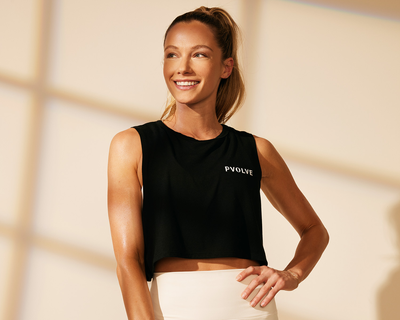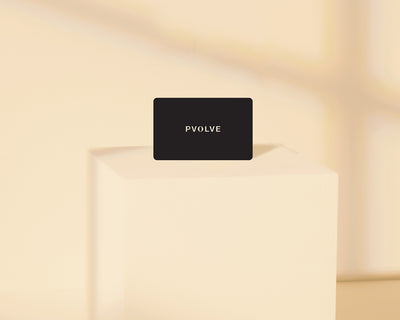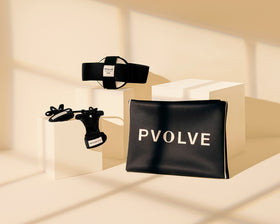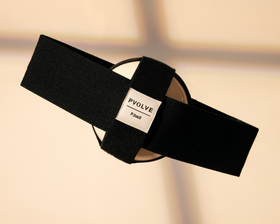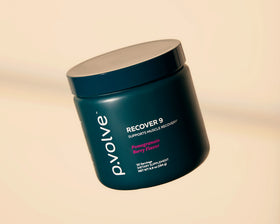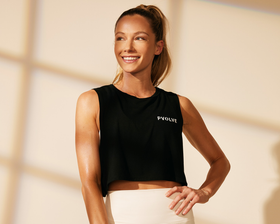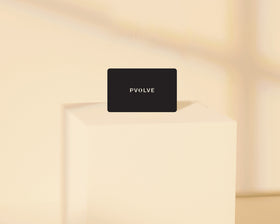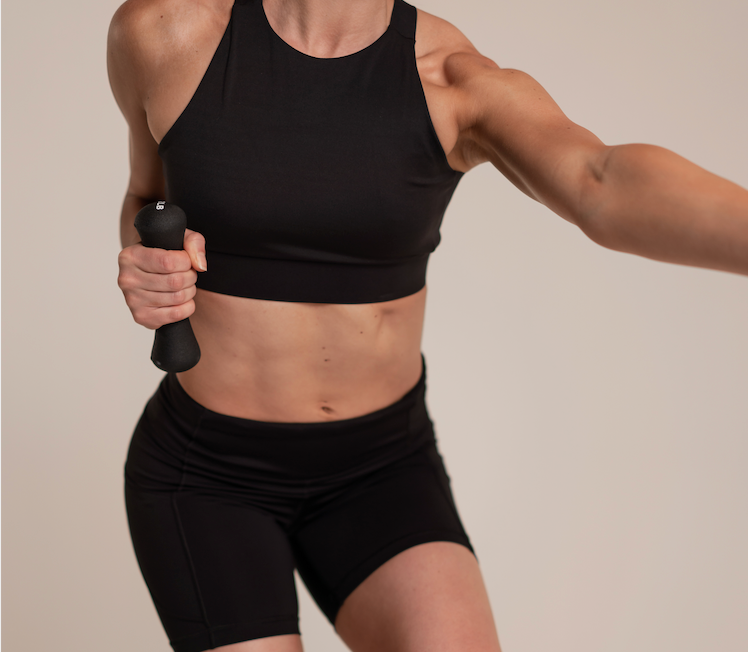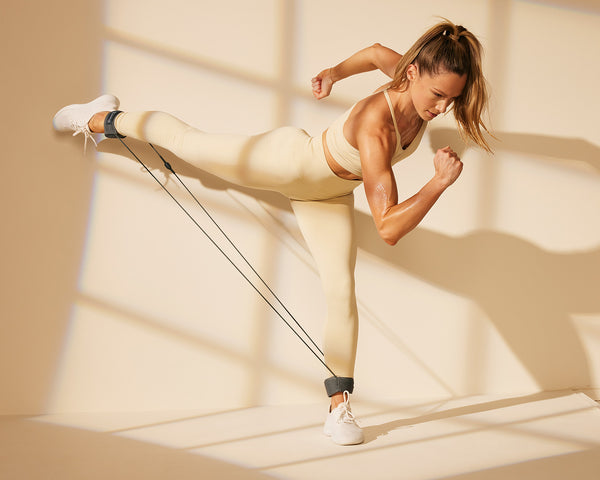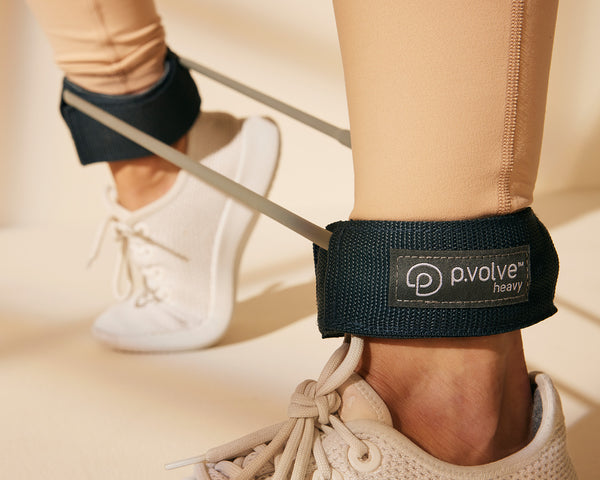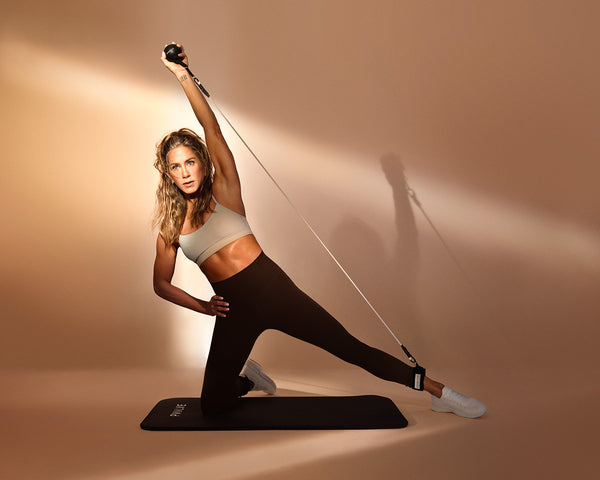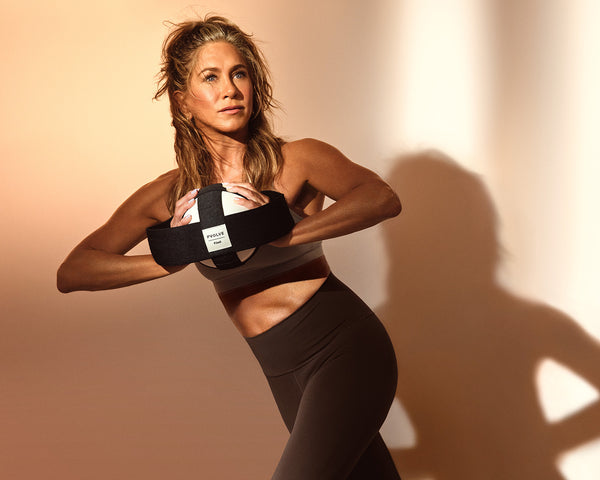The foundation of the Pvolve Method has always been low-impact, high intensity functional fitness and strengthening exercises for the entire body. And as an ever-evolving fitness company, we’re always finding new ways to properly communicate our method with our community.
In the same way that we are bringing in faster-paced workouts like Cardio Burn to add more cardiovascular exercise options to the program, we're adopting the term HILIT, or high intensity, low impact interval training, to refer to our workout method that's brought results to thousands of people everywhere.
HILIT is similar but different from its counterpart, HIIT, or high intensity interval training. HIIT and HILIT both hold the same levels of intensity, but where they differ is in the impact.
With HIIT, you’re likely to find a lot of jumping like burpees and squat jumps. While these could be great for a cardio burst and sweat, if done improperly you are more prone to exercise-induced injuries. Instead, our low impact HIIT movements allow you to tone, elongate and strengthen the muscles without any extra pressure on the joints.
HILIT is a simple way to explain the movements you’re used to seeing in class or a streaming video. Think about planks on the floor with gliders—it’s high intensity because you’re using your entire body, but still low impact because your joints aren’t being compromised. In fact, they're being strengthened! When you build strength and stability in muscle groups that surround a joint, you are protecting your joints whereas abrupt force from exercises that require higher shock absorption done improperly can compromise the joints.
It’s not just each movement that falls under the HILIT umbrella either; the entire class is structured in the same format too. Each block of work will have moments of intensity, building to a climax on one side, but then you switch to the other side to give your body moments of rest and recovery. Additionally, we are always mindful of how many reps we do so that form is never compromised.
Want to know more? VP of Talent and Training Antonietta Vicario answers all your questions about HILIT below.
Can you do low-impact HIIT?
Yes—and that's exactly what we do! All of our movements still fall within the realm of high intensity but avoid anything too harsh or high impact on the body.
Is HILIT bad for joints?
No! In fact, quite the opposite. Unlike HIIT workouts, HILIT workouts prioritize joint care and mobility. That's why you'll find a lot of strength training exercises to build muscle which supports the joints as well as hip, shoulder and ankle mobility movements to lubricate the joints. We also focus on loading into the glutes and keeping the weight out of the knees in our workouts.
What are some low impact exercises?
All forms of resistance training are low impact exercises because it eliminates all stress on the body. All Pvolve movements, both with and without equipment, are low impact exercises that strengthen and elongate the muscles.
Is low impact cardio good for weight loss?
Yes! Low impact cardio still safely raises the heart rate and gets you sweating without added pressure or pain on the joints.
What low impact exercise burns the most calories?
There is no one low impact exercise that burns the most calories. Calorie burn depends on a number of factors personal to the individual and his or her rate of exertion. However, you can ensure you're working your muscles properly by perfecting your form and challenging your range of motion, and the calorie burn will follow!
Don't fret—just because your HILIT workout is low impact doesn’t mean it’s no impact. The very nature of the words “low impact” might make some think that the workout is easy, but in reality, it means super focused movements that target specific muscle groups for real results. In the simplest terms, high intensity low impact training is efficient fitness. Even science says that shorter bursts of higher intensity workouts are more beneficial and deliver better results than longer workouts at decreased intensity.
